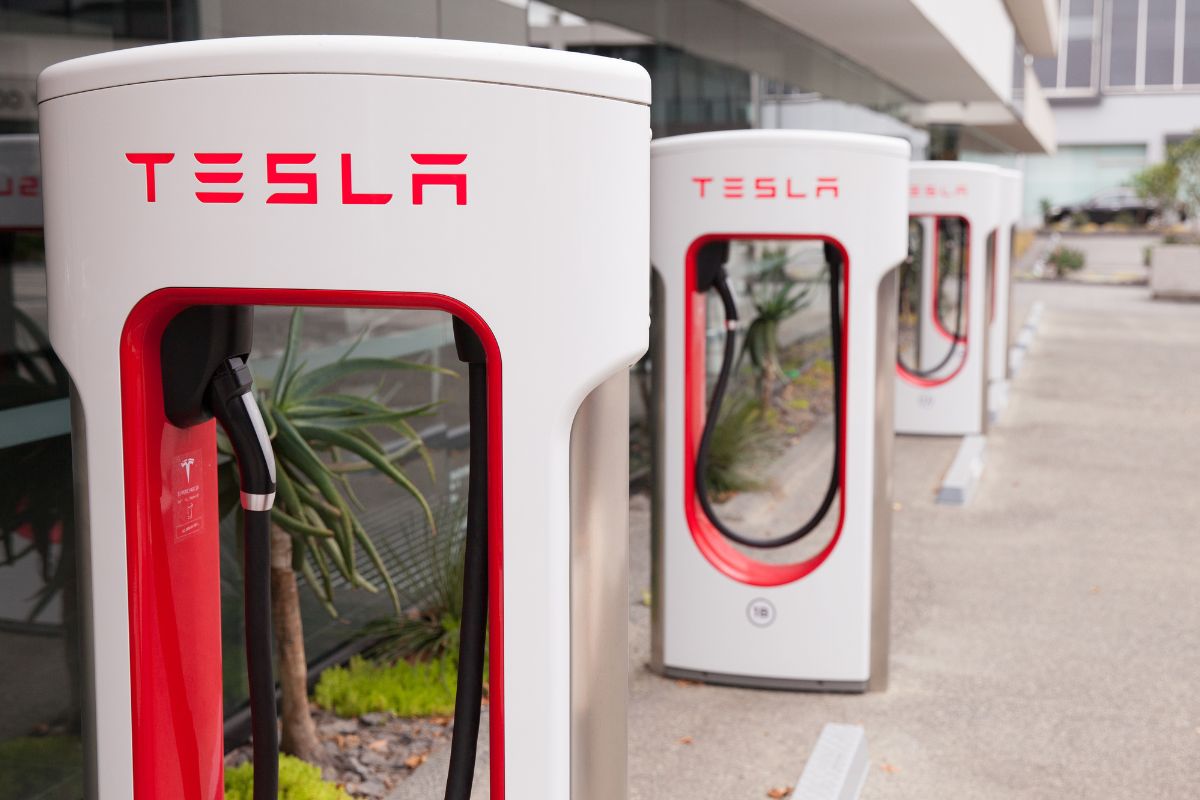Experts and vehicle manufacturers are considering the advantage of building their own stations.
Nikola Motors has been moving forward aggressively in its efforts to build out an H2 refueling station network that will serve its hydrogen trucks. Recently, Hydrogen Fuel News reported on this strategy for boosting vehicle sales by making sure that companies using them in their fleets would have somewhere to refuel along their routes.
Experts are now wondering if this strategy is the key to ensuring fuel cell vehicle deployment.
Nikola has already announced the fourth H2 refueling station in California, with a goal of opening 60 of its HYLA stations by the close of 2026. All things remaining equal, this would more than double the number of H2 stations in the United States, since that number is currently 55, according to the Department of Energy. Every one of those stations is in California.
According to the hydrogen truck maker, its stations will not only be available to drivers of the Nikola Tre fuel cell vehicle, but drivers of H2 trucks from other manufacturers will also be able to refuel there.
“The HYLA launch has been a success and our customers are pleased that we are bringing a full solution to them, including the FCEV and infrastructure, and can now see how adoption could work in the early years of the transition to zero-emissions,” said Nikola’s president of energy Cary Mendes, as quoted in a recent CCJ article.
Hydrogen trucks experts broadly agree that a refueling network is central to accelerating H2’s adoption.
Cummins president of engine business Srikanth Padmanabhan views Nikola’s refueling station network strategy as a positive one that will help encourage the sale of hydrogen trucks for fleets because the H2 will be available along the routes those vehicles will be traveling.
“It’s chicken or egg, right? Eventually, people will figure out who needs to set up the infrastructure and who needs to set up the equipment themselves, and I think it’ll sort itself out in a while, “said Padmanabhan. “But until such time I think people are going to try this because if there is demand and there is no supply, it won’t work. Or if there is too much supply and not enough demand for the use of the fuel, then that will be a problem as well. Early on, I think this is how people will try it.”
Cummins is slated to release fuel cell powertrains next year, followed by 15-liter H2 engines in 2027. The company recently launched Accelera, its clean energy subsidiary marketing fuel cells, battery packs, ePowertrain systems and electrolyzers for H2 production.
Padmanabhan went on to point out that it remains early days and that it would be premature to attempt to understand all the potential pathways for bringing hydrogen trucks and other H2-related equipment to market.
“It’ll take a while before it settles down to say that it will be fuel providers and that it will be infrastructure providers, and then there’ll be people that will provide the equipment that will use those fuels,” he said.
Is the Telsa model for charging stations what hydrogen trucks need to hit the roads?
Hydrogen Fuel Cell Partnership executive director Bill Elrick placed the spotlight on the model Tesla used to roll out charging stations and electric vehicles at the same time. Elirck believes that if manufacturers of hydrogen trucks use a similar approach, it will provide considerable benefits in the sale of their fuel cell vehicles.
“I’d say take a look at Tesla. That’s how they got on the map. They knew charging was a problem so they provided that,” said Elrick. “They’ve also shown how it’s really challenging. ‘Do we open it up to other people or not? How big do we build it? Do we use the same plug?’”
Join in the conversation and help shape the future of hydrogen energy by voting in our poll today – See Below:


